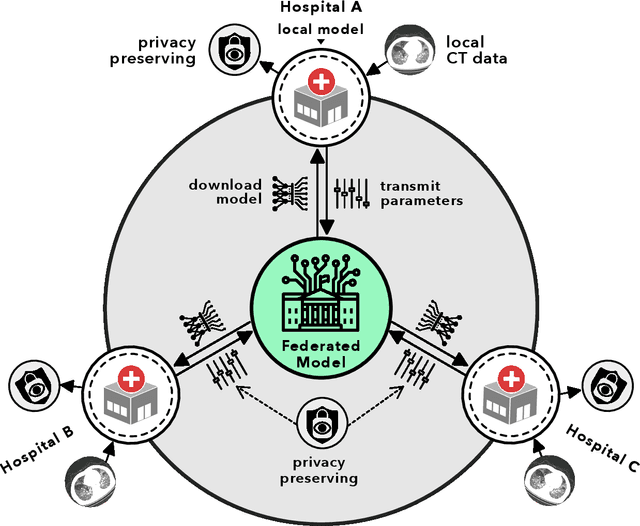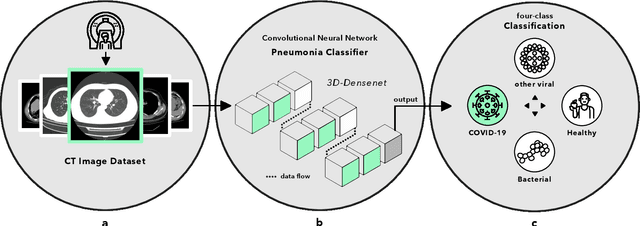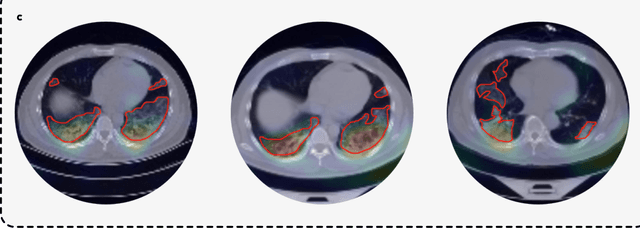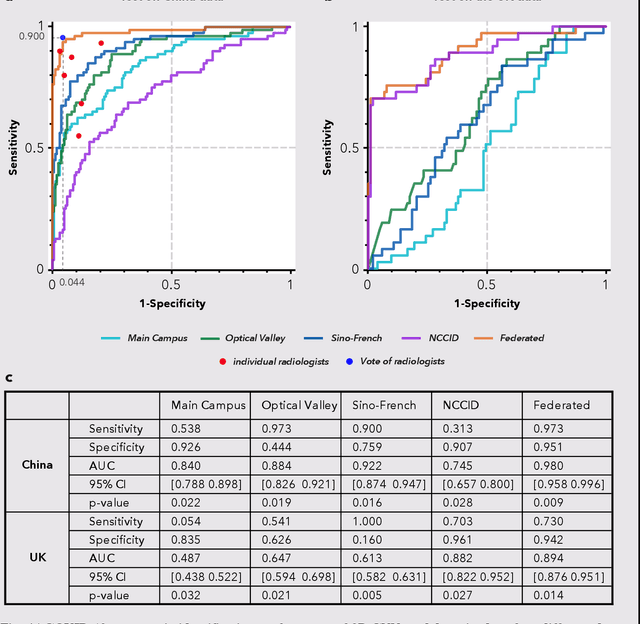Xiaowu Liu
Can Movable Antenna-enabled Micro-Mobility Replace UAV-enabled Macro-Mobility? A Physical Layer Security Perspective
Jun 24, 2025



Abstract:This paper investigates the potential of movable antenna (MA)-enabled micro-mobility to replace UAV-enabled macro-mobility for enhancing physical layer security (PLS) in air-to-ground communications. While UAV trajectory optimization offers high flexibility and Line-of-Sight (LoS) advantages, it suffers from significant energy consumption, latency, and complex trajectory optimization. Conversely, MA technology provides fine-grained spatial reconfiguration (antenna positioning within a confined area) with ultra-low energy overhead and millisecond-scale response, enabling real-time channel manipulation and covert beam steering. To systematically compare these paradigms, we establish a dual-scale mobility framework where a UAV-mounted uniform linear array (ULA) serves as a base station transmitting confidential information to a legitimate user (Bob) in the presence of an eavesdropper (Eve). We formulate non-convex average secrecy rate (ASR) maximization problems for both schemes: 1) MA-based micro-mobility: Jointly optimizing antenna positions and beamforming (BF) vectors under positioning constraints; 2) UAV-based macro-mobility: Jointly optimizing the UAV's trajectory and BF vectors under kinematic constraints. Extensive simulations reveal distinct operational regimes: MA micro-mobility demonstrates significant ASR advantages in low-transmit-power scenarios or under antenna constraints due to its energy-efficient spatial control. Conversely, UAV macro-mobility excels under resource-sufficient conditions (higher power, larger antenna arrays) by leveraging global mobility for optimal positioning. The findings highlight the complementary strengths of both approaches, suggesting hybrid micro-macro mobility as a promising direction for balancing security, energy efficiency, and deployment complexity in future wireless networks.
Advancing COVID-19 Diagnosis with Privacy-Preserving Collaboration in Artificial Intelligence
Nov 18, 2021



Abstract:Artificial intelligence (AI) provides a promising substitution for streamlining COVID-19 diagnoses. However, concerns surrounding security and trustworthiness impede the collection of large-scale representative medical data, posing a considerable challenge for training a well-generalised model in clinical practices. To address this, we launch the Unified CT-COVID AI Diagnostic Initiative (UCADI), where the AI model can be distributedly trained and independently executed at each host institution under a federated learning framework (FL) without data sharing. Here we show that our FL model outperformed all the local models by a large yield (test sensitivity /specificity in China: 0.973/0.951, in the UK: 0.730/0.942), achieving comparable performance with a panel of professional radiologists. We further evaluated the model on the hold-out (collected from another two hospitals leaving out the FL) and heterogeneous (acquired with contrast materials) data, provided visual explanations for decisions made by the model, and analysed the trade-offs between the model performance and the communication costs in the federated training process. Our study is based on 9,573 chest computed tomography scans (CTs) from 3,336 patients collected from 23 hospitals located in China and the UK. Collectively, our work advanced the prospects of utilising federated learning for privacy-preserving AI in digital health.
 Add to Chrome
Add to Chrome Add to Firefox
Add to Firefox Add to Edge
Add to Edge